
Philippe Archambault
Université Laval
This project addresses how natural and anthropogenic stressors interact to impact pelagic and benthic communities along a sub-arctic coastline and evaluate several indicators of pelagic and benthic conditions. Human activities in the study area are expected to increase in the near future and it is important to document these anthropogenic and natural stressors in the study area at a high spatial resolution to determine how each, by itself and interacting with other stressors, influences the biological communities.
Embayments represent one of the most diverse and productive coastal features. Often, a large suite of stressors, both natural (e.g. freshwater river and estuarine inputs) and anthropogenic (e.g. sewage outfalls, ports, dredging), occur within embayments, and the latter are generally increasing in magnitude and frequency. Managers are increasingly called on to consider multiple stressors in their management decisions, and thus require a better understanding of how multiple stressors interact to impact the environment and its biota. However, interactions between stressors may be complex, making the prediction of cumulative effects difficult. In addition, managers increasingly seek proxies (indicators) for biological communities (or “ecological health”) of interest because complete sampling may be impractical. The research will focus on Baie de Sept-Îles (soon to become the port receiving the greatest volume of ballast water in North America) and three embayments surrounding it, two relatively pristine (Baie de Moisie, and Baie Sainte-Marguerite) and another with significant port activities (Port Cartier).
Ecosystem ‘health’ indicators (benthos and pelagic) applicable to subarctic regions is in progress.
High-resolution map of the cumulative impacts in BSI and surrounding area is in progress.
Monitoring program framework for the port and municipality of Sept-Îles in progress.
Definition of tipping points for ecosystem functioning resulting from two stressors experienced by many coastal Canadian municipalities is in progress.
Fieldwork to characterize subtidal habitats and evaluate the use of remote tools (video/ digital imaging) for benthic macrofauna and macroalgae sampling has been conducted.
Data collection for an understanding of the hydrodynamic and the seasonal variability of temperature-salinity properties of the BSI is completed.
The identification of epibenthic macroinvertebrates that would be good indicators of environmental stress is in progress.
An extensive in situ data set of optical and biogeochemical parameters required for the development of a monitoring tool for improved remote sensing capacity has been gathered. Analysis of the data is ongoing.
Almost all of the biogeochemical data (e.g. cell count and size, DOC and TOC concentration, phytoplankton pigments) and some optical (e.g. absorption coefficients) were analyzed in the laboratory.
A second sampling season has resulted in the collection of an extensive in situ dataset on cumulative stressors in BSI and surrounding areas. Analysis of the data is ongoing.
The manipulative experiment of multiple stressors is in progress.

Université Laval
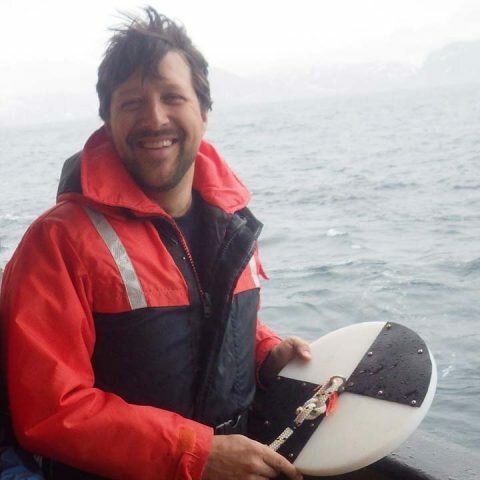
Department of biology, chemistry and geography, Université du Québec à Rimouski (UQAR)
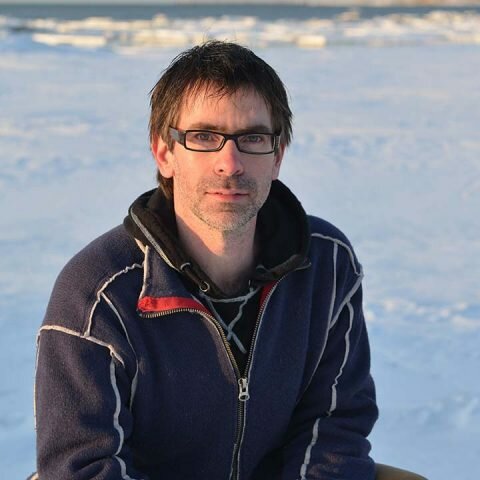
Institut des sciences de la mer de Rimouski (ISMER), Université du Québec à Rimouski

Institut des sciences de la mer de Rimouski (ISMER), Universite de Quebec à Rimouski (UQAR)
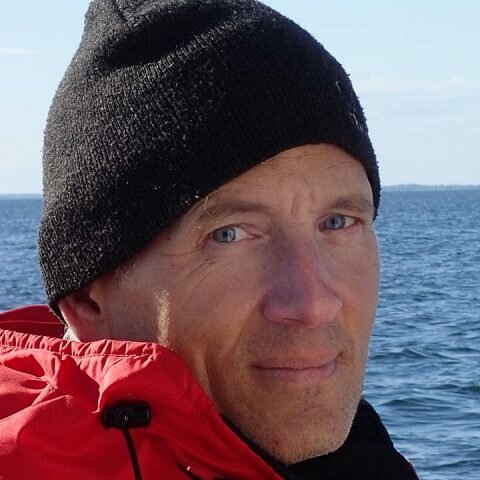
DFO-IML
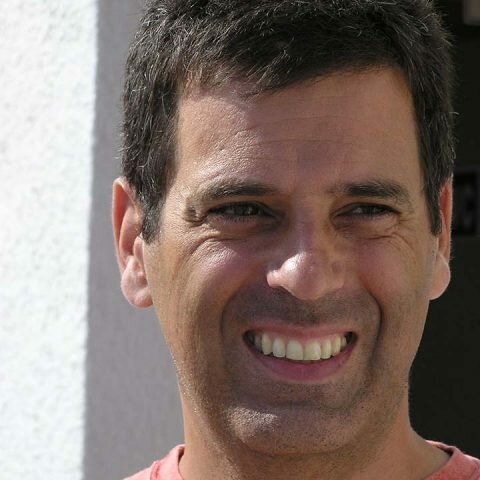
Institut des sciences de la mer, Université du Québec à Rimouski (UQAR)



Université du Québec à Rimouski, Institut des Sciences de la Mer
Université du Québec à Rimouski
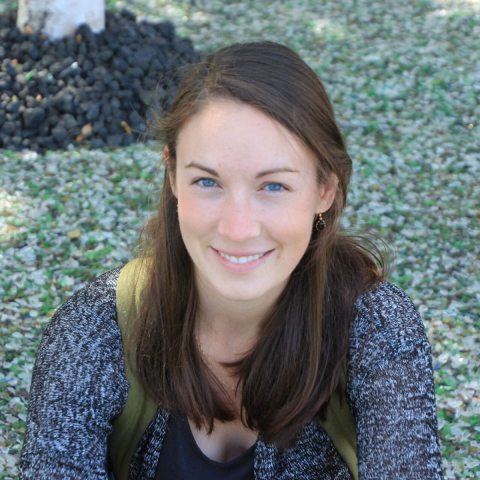
Université Laval
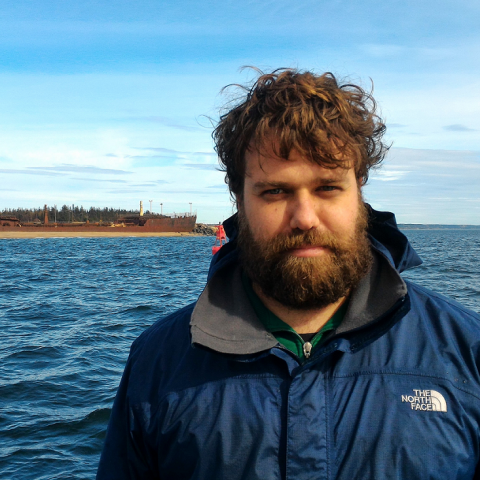
Université du Québec à Rimouski, Départment de biologie, chimie et géographie
Cancel